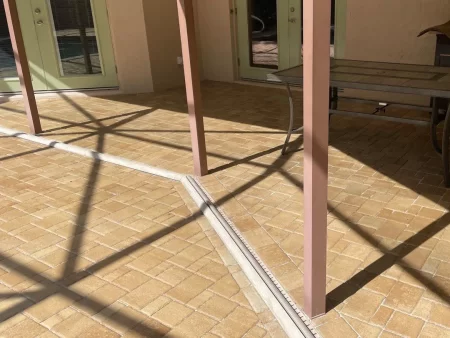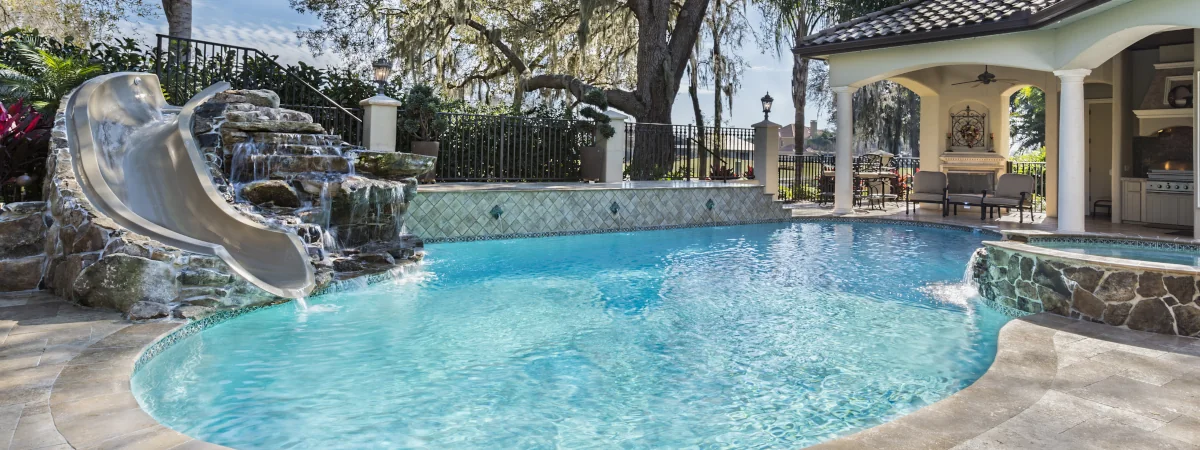
A paved walkway, a border around your garden, a patio, and more may be paved with paving stones. Naturally, you want them to last a lengthy time, so many individuals will apply a paver sealant. While this is a great idea, is there such a thing as using too much paving sealing product?
No matter what, all paving stones need to be made watertight using a paving sealing product. Colors will not fade as fast when a paver sealant is used, while spots will soak right into the concrete if there is nothing to protect it.
The old adage “too much of a good thing” applies here. Paver sealing is an excellent idea for keeping your paving stones together and maintaining their best appearance. But there is such a thing as utilizing excess. If a person applies an additional layer of the paver sealant before fully drying, a haze can occur. You’re spending enough on your concrete that you don’t want to chance it by ruining the look.
So now that you know you definitely need a paver sealant, which one should you use? All of them are different, as some have very poor quality to them. Even bigger stores sell low-quality ones that should never be used. Do not also think that if the brand is high quality in one department, such as paint, it will also be a high-quality paver sealing product because the exact opposite could be true.
You’ll additionally want to know that paver sealant comes in film-forming, which has a semi-shine-to-shine appearance, and non-film-forming, which has a flatness to it. The film-forming ones are able to better protect your cement as it creates a great barrier on top of the paver. Nonetheless, non-film-forming will also protect your pavers, but most likely just not as long.
Implementing a paving sealer is not just a one-time thing. Most professionals will tell you once every 3 to 5 years is sufficient. Film-forming sealers allow one to see when a tangible obstacle is displaying hints of wear. Utilizing a non-film-forming sealant will thin out the sealant, so one will notice an obvious tint change on the bricks when there is rainfall. Understand that in super hard showers, even a well-sealed paving chunk can darken for numerous days until the moisture has totally disappeared. This isn’t a signal of a bad sealer.
If you’re applying a paver sealant, use the following tips to obtain the most from your application.
- As with painting, it’s better to maintain a damp edge on an ongoing surface. Simply put, do not allow the segment to dry until the work is done. Pick a timeframe that will allow you to do the entire area without stopping.
- Add paving sealer until saturated. Drench the paving stones, guaranteeing every single space is coated. Next, take a dry roller to blot up the extra and to stop streaks and dribble smears.
- To maintain your pace, use an application atomizer.
- Read all instructions carefully.
- If you’re uncertain about paver sealant and its application thereof, contact a professional.
If you’re located in Tampa, FL, and need help with your paver sealing project, reach out to Unreal Paver Seal Tampa Bay for a complimentary quote. This family-owned business has been operating since 2016 and is dedicated to delivering quality work while ensuring customer satisfaction.

